Anchor drilling rigs, as indispensable equipment in geotechnical engineering, are widely used in slope support, foundation reinforcement, tunnel construction and other critical applications. These rigs work by drilling holes into rock/soil formations through rotary-percussive or rotary-cutting methods, then installing anchors or cables for reinforcement.
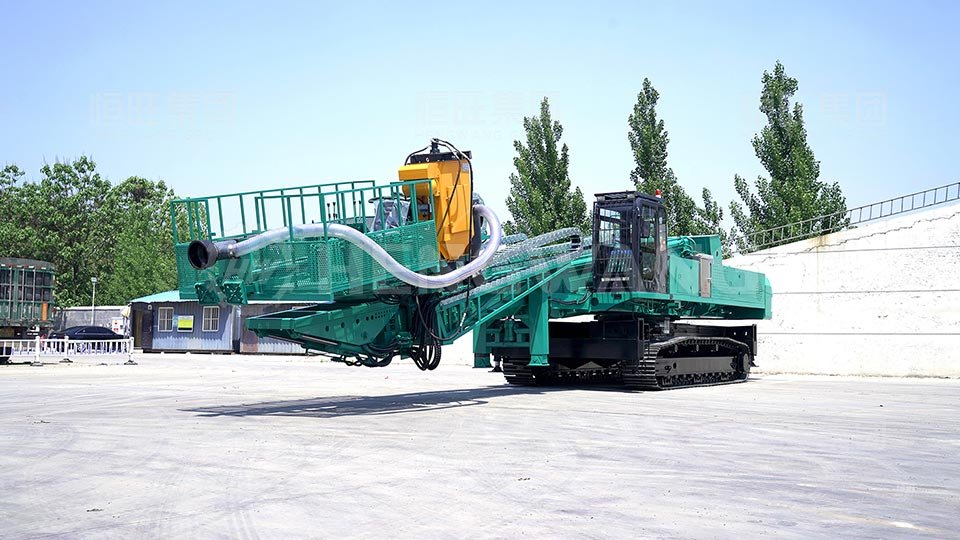
1. Typical Components of Anchor Drilling Rigs
(1) Power System: Diesel engine or electric motor
(2) Hydraulic System: Main pump, control valves & cylinders
(3) Drill Frame: Guidance slide and support structure
(4) Rotation Mechanism: Gearbox and spindle assembly
(5) Control System: Electro-hydraulic operating platform
2. In-Depth Fault Analysis
A. Abnormal Power Output
(1) Causes: Fuel system blockage, hydraulic pump wear
(2) Solutions: Clean fuel filters, test pump volumetric efficiency
B. Excessive Drilling Deviation
(1) Causes: Deformed guide frame, unstable foundation
(2) Solutions: Laser alignment calibration, reinforce working platform
C. High Hydraulic Oil Temperature
(1) Causes: Clogged cooler, oil contamination
(2) Solutions: Backflush radiator, replace ISO-grade hydraulic oil
3. Preventive Maintenance System
A. Daily Checklist:
(1) Hydraulic oil level (check before/after operation)
(2) Wire rope wear (focus on broken wire ratio)
(3) Bolt tightness (verify with torque wrench)
B. Periodic Maintenance:
(1) Every 50 hrs: Lubricate all pins and pivots
(2) Every 250 hrs: Replace rotary gearbox oil
(3) Every 500 hrs: Test hydraulic pressure parameters
4. Key Components Longevity Tips
(1) Drill Rods: Avoid forced rotation during jamming, use anti-jamming rods
(2) Hydraulics: Install online contamination monitor for real-time cleanliness control
(3) Electricals: Increase waterproof checks during rainy seasons
Case Study: At a major hydropower project, implementing this maintenance protocol extended anchor drilling rigs' average overhaul interval from 1,200 to 2,000 hours, increasing equipment utilization rate by 35%.
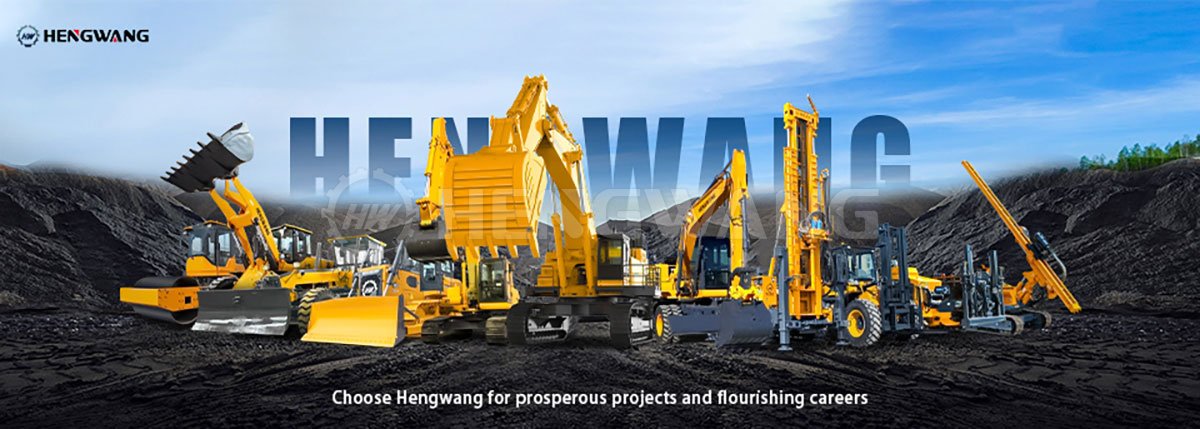
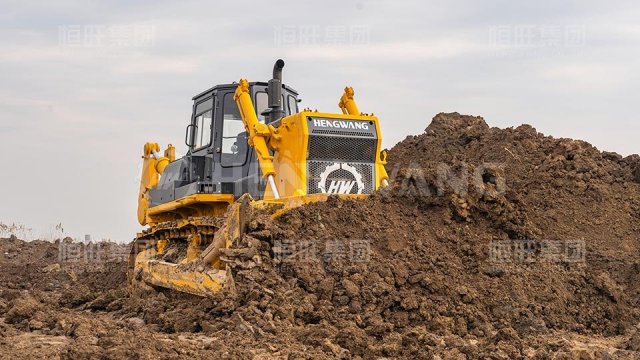 Road Leveling Bulldozer: The Core Guarantee for Efficient Road Construction
Road Leveling Bulldozer: The Core Guarantee for Efficient Road Construction
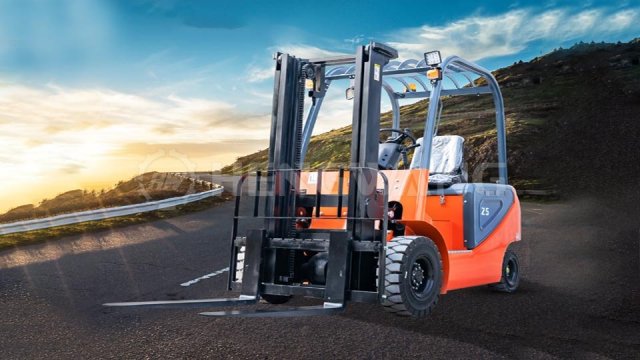 Off-Road Forklifts_ A Powerful Assistant for Complex Field Operations
Off-Road Forklifts_ A Powerful Assistant for Complex Field Operations
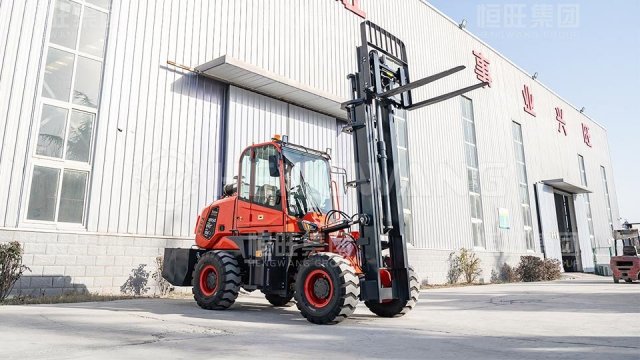 High-Load Off-Road Forklift: A Powerful Tool for Heavy-Duty Operations in Complex Environments
High-Load Off-Road Forklift: A Powerful Tool for Heavy-Duty Operations in Complex Environments